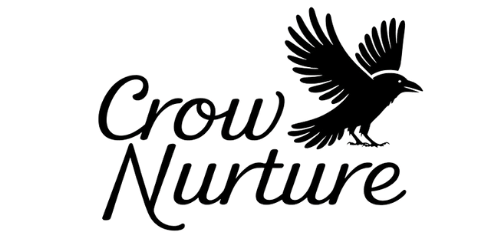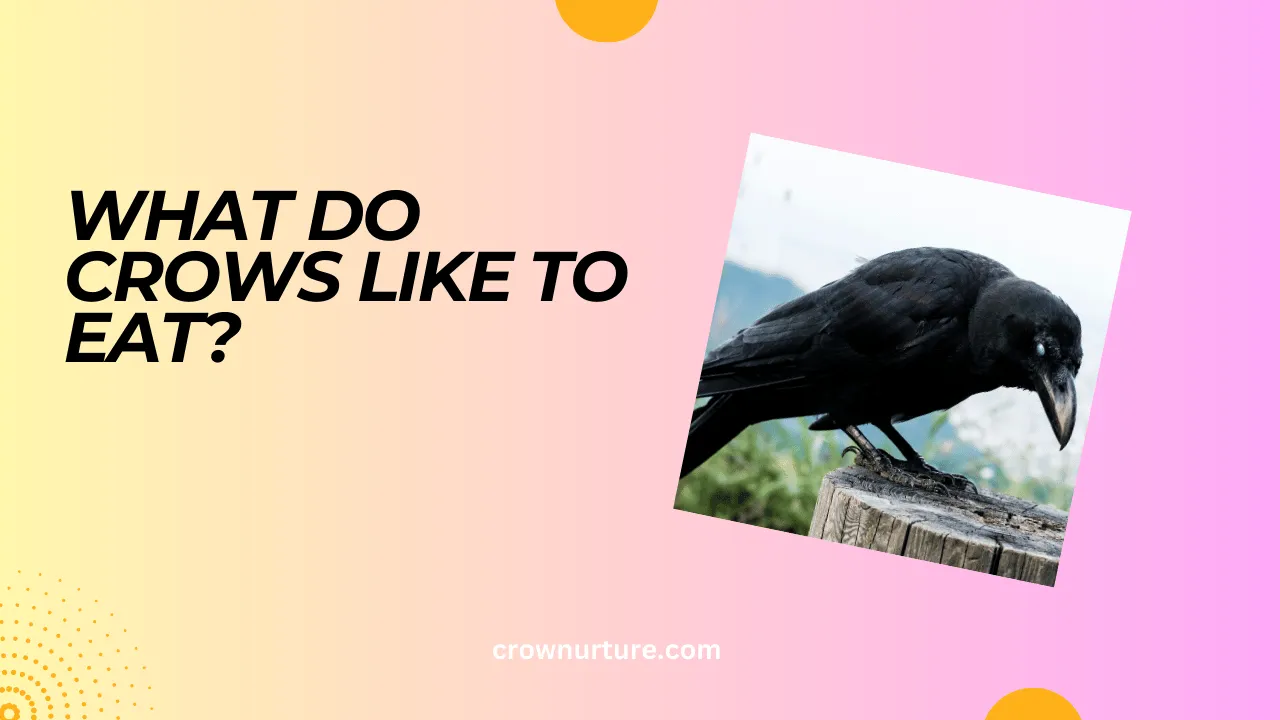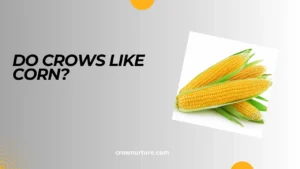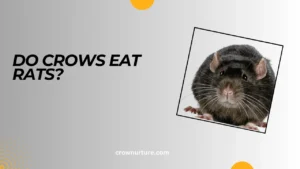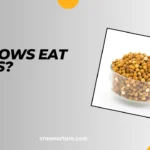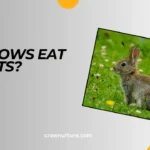Crows are more than just clever birds—they are nature’s ultimate opportunists. Their ability to adapt and thrive in diverse environments often comes down to one critical factor: their diet.
From the forest canopy to bustling city streets, crows can be found foraging for food that sustains their complex lives. Understanding what crows eat isn’t just an interesting topic for bird enthusiasts; it also has practical implications.
Whether you’re a gardener trying to protect your crops, an urban dweller curious about the local wildlife, or simply someone who admires the intelligence of these birds, knowing their dietary habits can deepen your appreciation for them.
This guide takes you on a journey into the fascinating world of crow cuisine. You’ll discover their favorite foods, unique foraging behaviors, and how human activities shape their diet.
Stick around, and you might just uncover why these birds are among the most adaptable creatures in the animal kingdom.
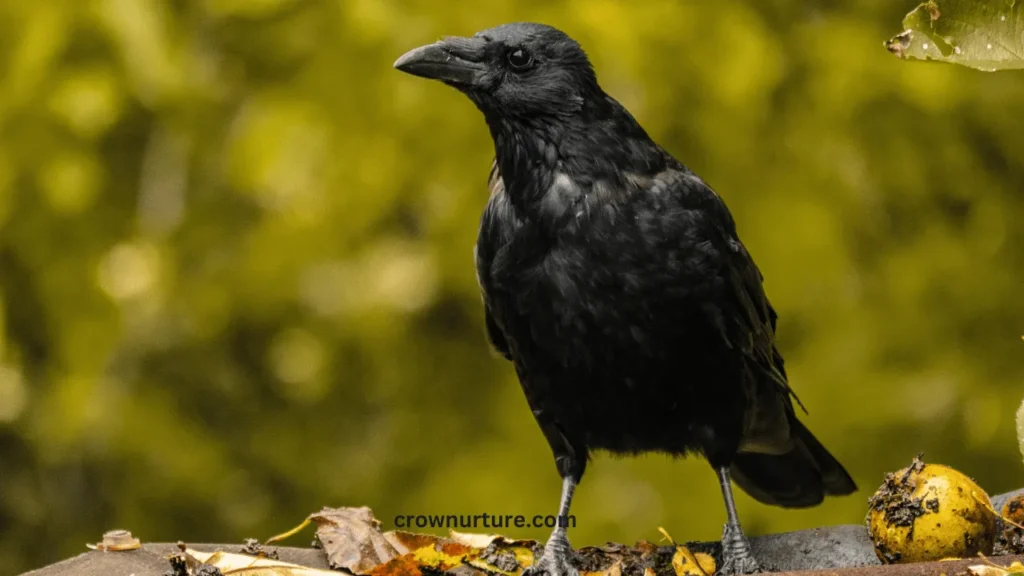
Contents
1. The Omnivorous Nature of Crows
Crows are omnivorous, meaning they eat both plants and animals. This diverse diet allows them to survive in various habitats, from rural farmlands to urban landscapes.
Their dietary flexibility means they can adapt to seasonal changes, consuming whatever is most available. This adaptability makes them resilient in the face of environmental changes.
Whether it’s scavenging for carrion or picking at berries, crows’ food choices are opportunistic and often influenced by their surroundings.
2. Preferred Food Sources
Crows love insects, especially during breeding seasons when they need high-protein diets for their chicks. They are efficient at finding and eating beetles, caterpillars, and other small creatures.
Fruits and berries are a seasonal favorite, particularly in the fall and winter when other food sources are scarce. These provide essential vitamins and energy.
Seeds and grains, often found in agricultural fields or bird feeders, are another staple in a crow’s diet. Crows are also skilled at opening nuts, including pecans and walnuts.
As scavengers, crows consume carrion (dead animals), playing a crucial role in cleaning up the environment. They also thrive on human food waste, scavenging leftovers, and raiding trash bins.
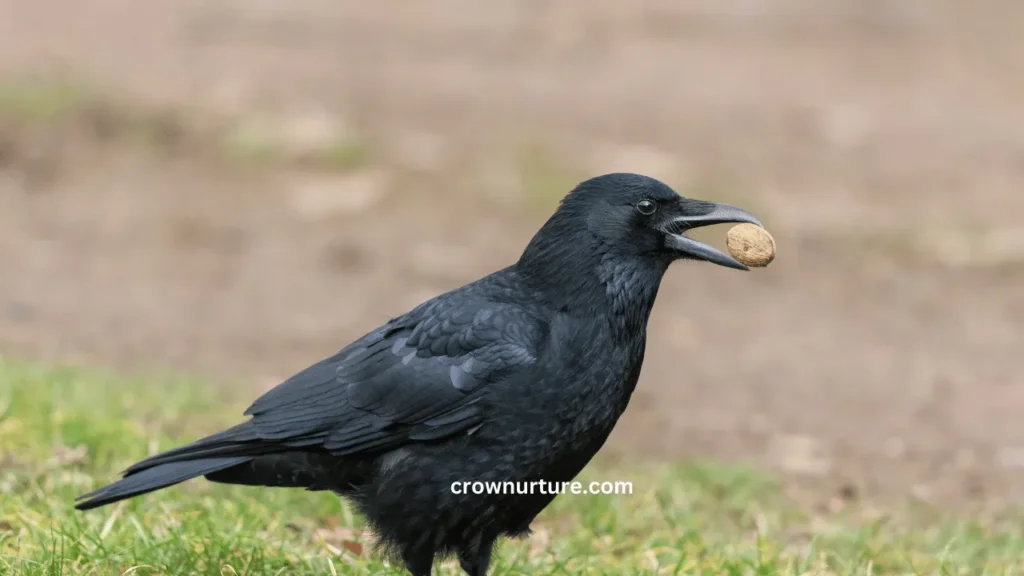
3. Foraging Techniques
Crows are opportunistic feeders, making use of whatever resources are available. They’re not picky eaters, which helps them thrive in both natural and urban settings.
These birds exhibit social learning, where younger crows learn foraging strategies by observing others in their group. This communal knowledge-sharing gives them an edge in finding food.
Their intelligence shines through their tool use—crows have been observed using sticks to extract insects or dropping nuts onto hard surfaces to crack them open.
Crows also engage in caching behavior, where they hide food in safe spots for later consumption, a testament to their advanced planning abilities.
4. The Impact of Human Activities on Crow Diet
Urbanization has significantly altered the diet of crows, giving them access to garbage, discarded food, and even pet food left outside. These new sources are plentiful but not always nutritious.
In rural areas, agricultural practices provide food like seeds and grains but also pose risks due to pesticide use, which can contaminate their food supply.
Climate change is reshaping ecosystems, affecting the availability of natural food sources like insects and berries. Crows’ adaptability will be tested as they navigate these changing conditions.
5. The Role of Crows in the Ecosystem
Crows are essential for seed dispersal, as they consume fruits and spread seeds through their droppings, aiding in plant reproduction.
They help with pest control by eating insects that harm crops, providing a natural way to reduce agricultural pests.
As scavengers, crows perform crucial ecosystem services by consuming carrion and organic waste, reducing the spread of disease and keeping environments clean.
Conclusion
Crows’ diets are as varied and fascinating as the birds themselves. From insects and seeds to fruits and carrion, these resourceful creatures take full advantage of their surroundings.
Their foraging behaviors and adaptability not only help them survive but also make them an integral part of the ecosystems they inhabit.
By understanding what crows eat, we gain insights into their role in nature and their interactions with humans. Whether you’re looking to attract them, deter them, or simply learn more about their habits, this knowledge helps us coexist with these intelligent and resilient birds.
FAQs
1. What do crows eat the most?
Crows eat a mix of insects, fruits, seeds, grains, and carrion, depending on the season and availability.
2. Do crows eat other birds?
Crows may occasionally prey on eggs or nestlings but generally prefer other food sources.
3. Can I feed crows in my backyard?
Yes, but choose healthy options like unsalted nuts, fruits, or grains to avoid harming them.
4. Do crows eat human food?
Crows are attracted to human food waste and will eat leftovers, but processed foods are not ideal for their health.
5. Why are crows seen scavenging on roadsides?
They are scavengers and often eat roadkill, which provides them with an easy meal.
6. Do crows eat nuts?
Yes, crows love nuts like walnuts, pecans, and almonds. They are skilled at cracking shells to access the nut inside.
